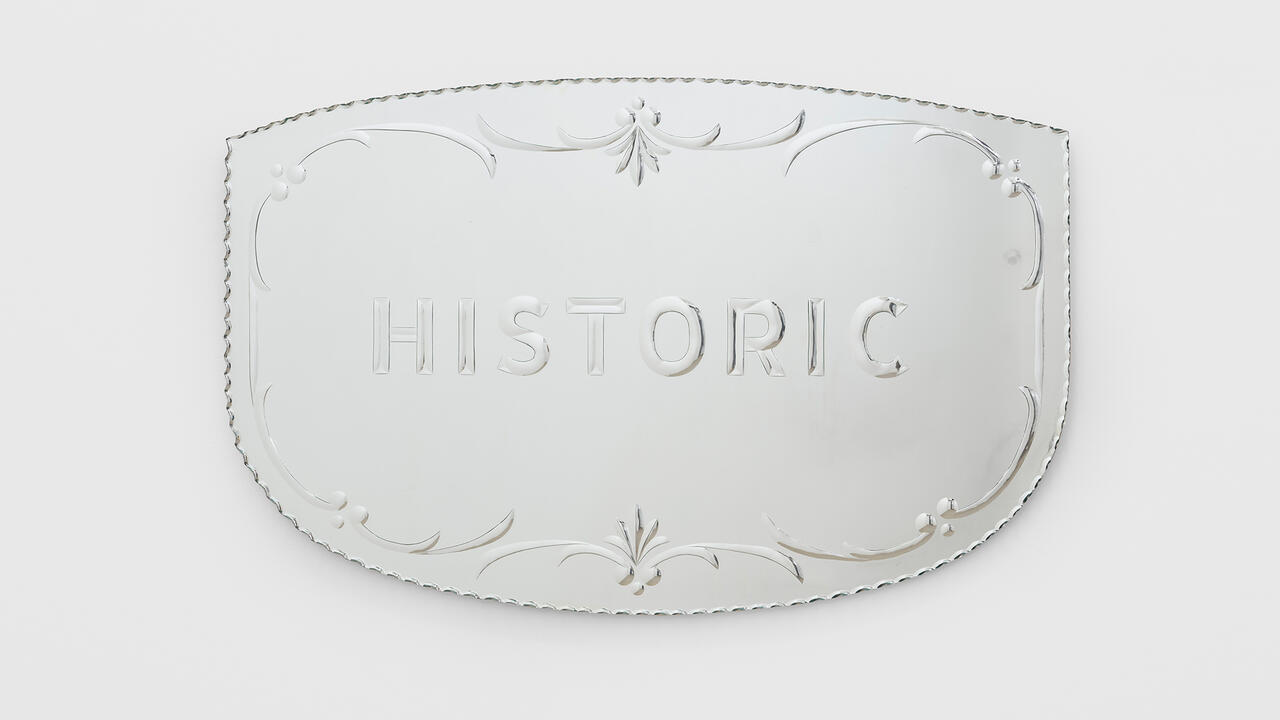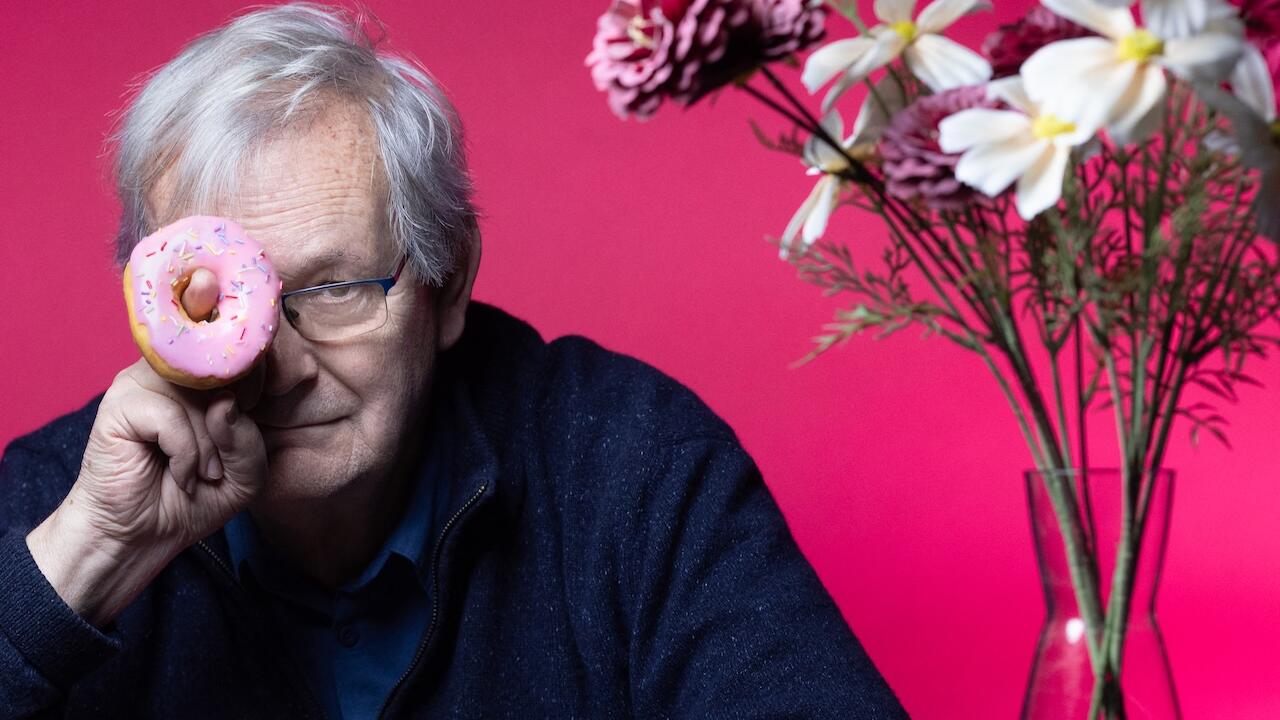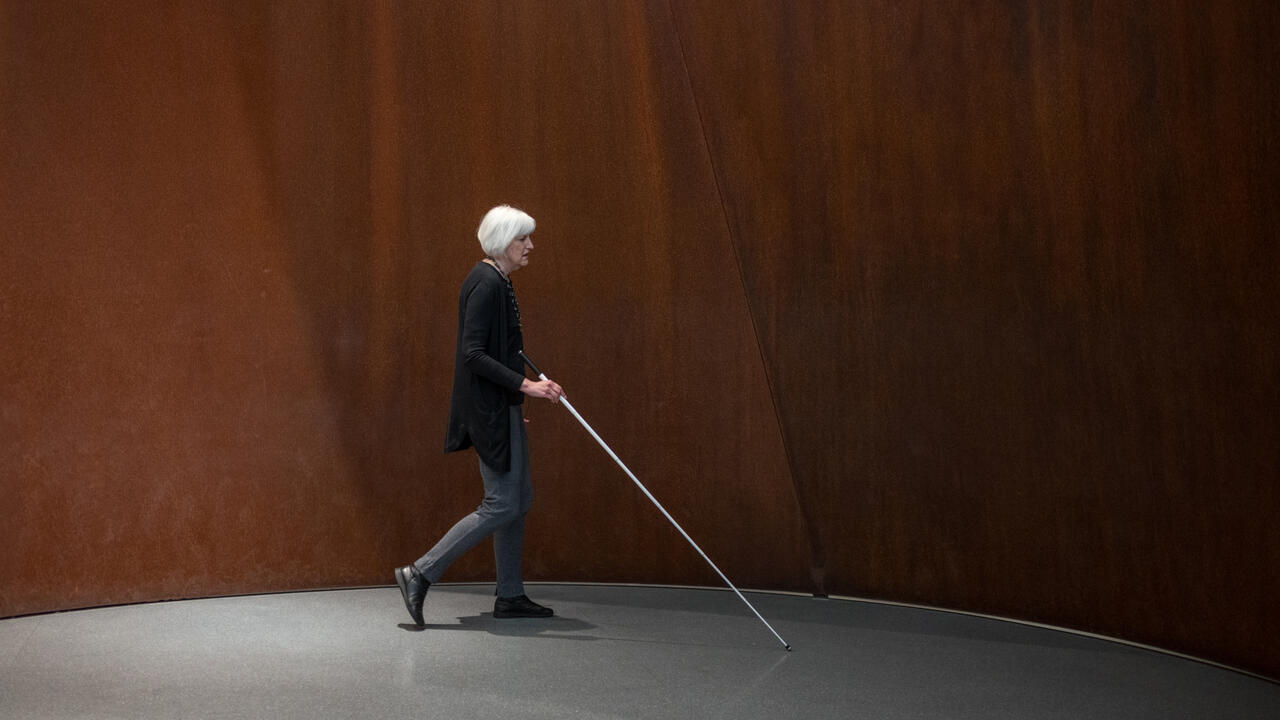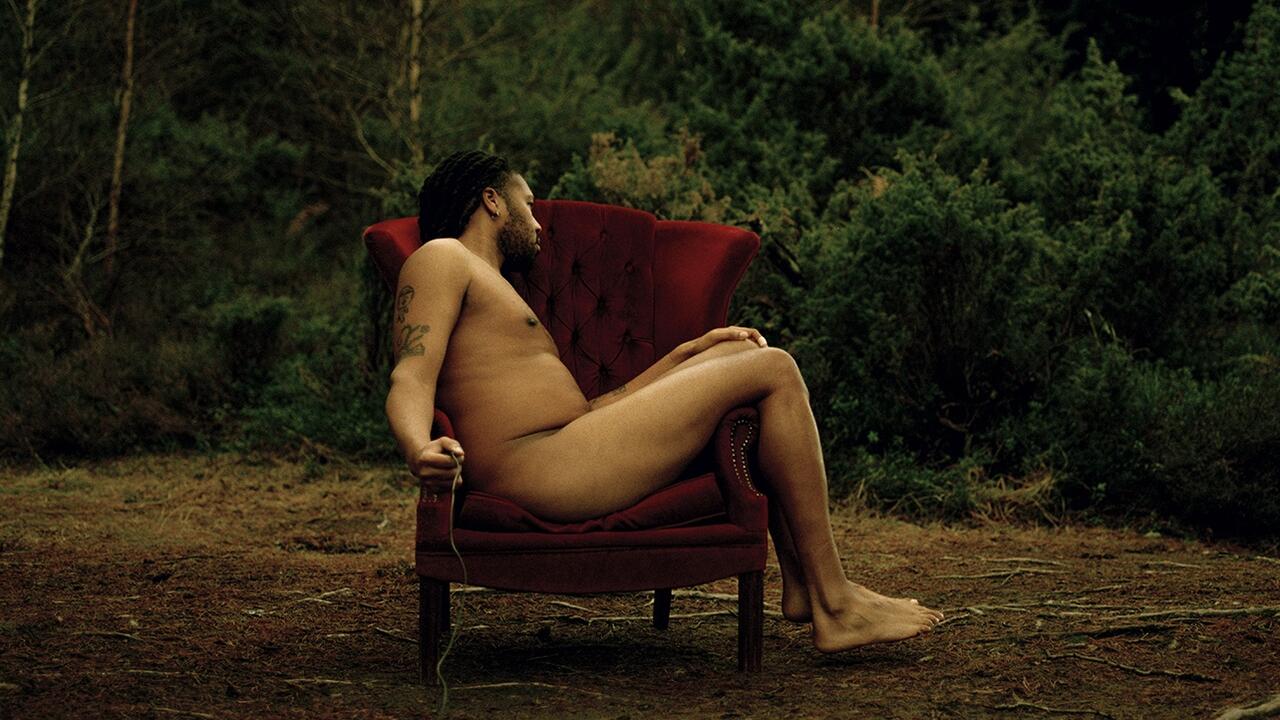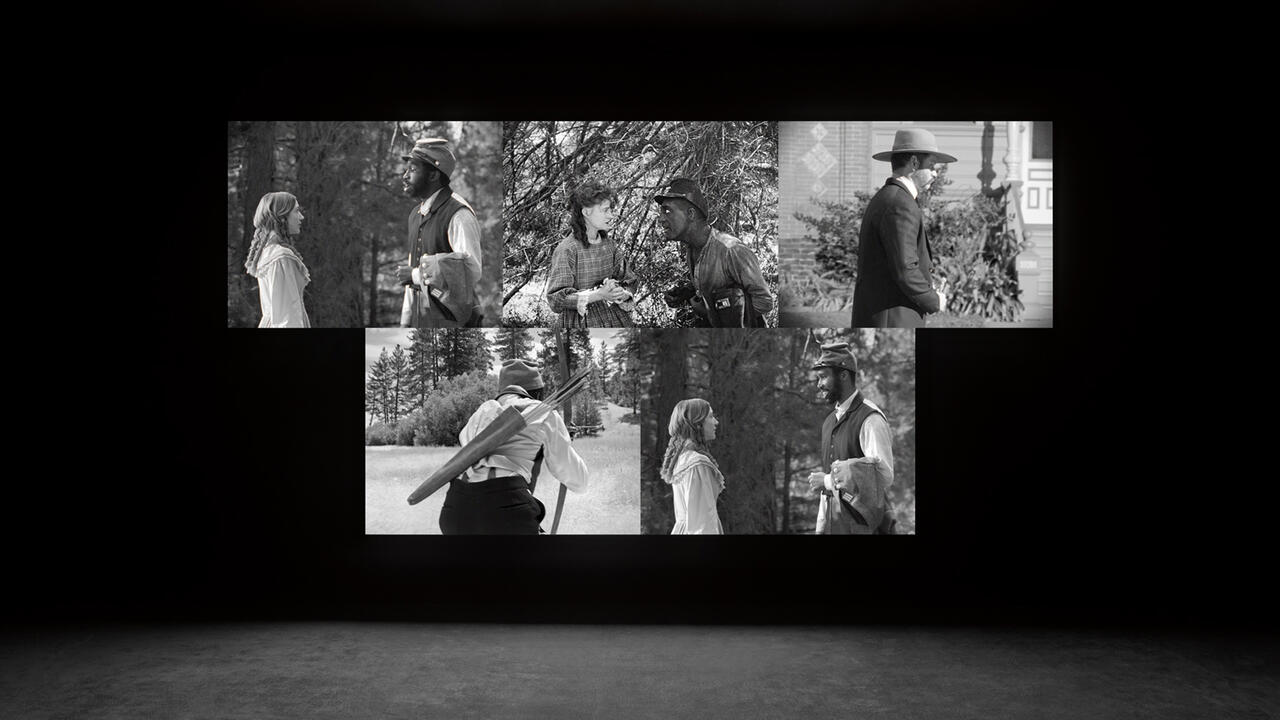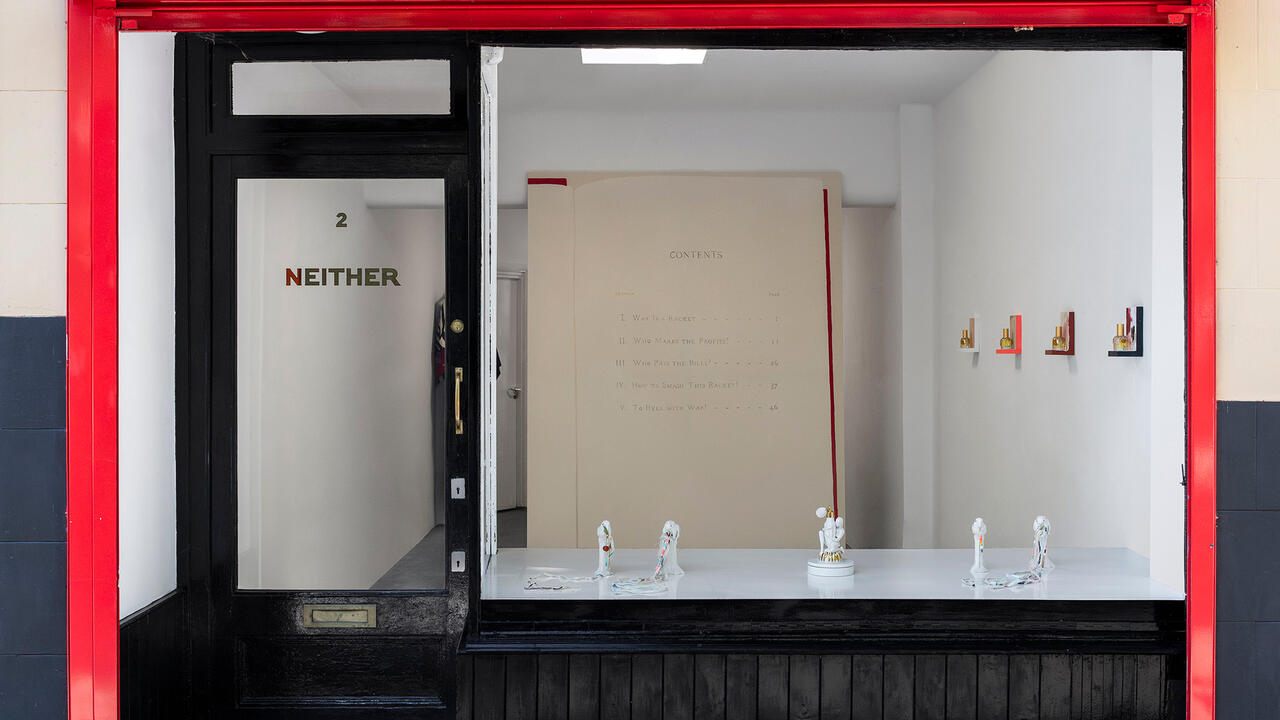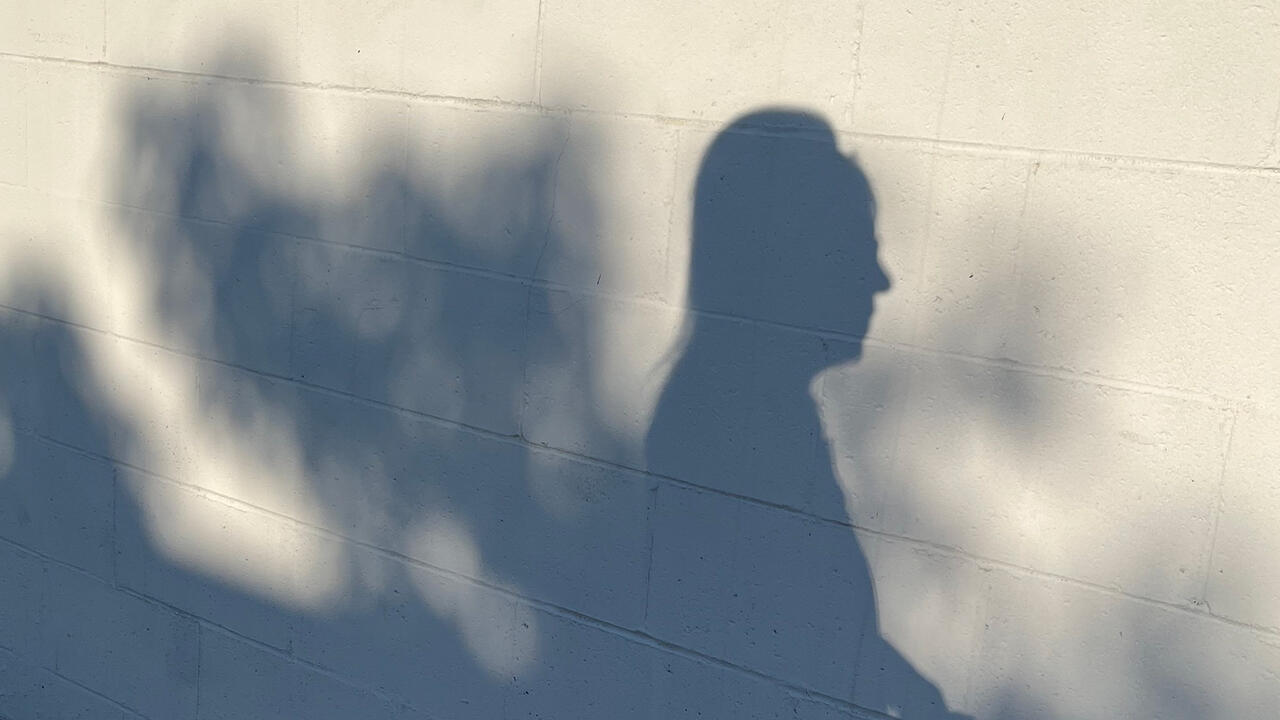The Gaze is Back on the Agenda, But Who’s Looking at Whom?
Three current photography shows in London demonstrate how structures of power influence visual culture
Three current photography shows in London demonstrate how structures of power influence visual culture

The gaze is back on the agenda. The gaze never went away, of course, but with a spate of portrait photography exhibitions in London, including the Barbican Art Gallery’s ‘Another Kind of Life: Photography on the Margins’; The Photographers’ Gallery’s ‘Under Cover: A Secret History of Cross-Dressers’ and ‘Women Look at Women’ at Richard Saltoun Gallery, questions about who is looking at whom, and how structures of power influence visual culture are receiving renewed attention. The dominance of the white cis male gaze is being challenged in new ways, in light of recent shifts in the cultural understanding and acceptance of transgender and gender fluid and neutral culture, as well as public debate about institutionalized racism, sexism and intersectionality, and photography is a nexus of all these concerns.

The Barbican’s extensive exhibition of photographs of people ‘on the fringes of society’ traces a history of socially embedded photography from the 1960s up to the present day. It opens with a display devoted to Diane Arbus, in whose iconic picture A young man and his pregnant wife in Washington Square Park, NYC (1965) a black man and his white wife are united in an unflinching stare. Larry Clark’s ‘Tulsa’ series chronicles his childhood friends as they pass into adulthood, begin to use drugs and slide into abuse and lawlessness, while in Japanese photographer Daidō Moriyama’s grainy portraits of Tokyo theatre performers, documentary methodology is lacquered with dramatic underworld glamour. Some of the displays tread into unfamiliar territory, but others are trammelled by cliché. It’s hard to look at Bruce Davidson’s 1950s pictures of New York teenage gang The Jokers without reading them through advertising’s sentimental appropriation of the American greaser and the visual cues of denim, quiffs and Coke machines. Yet Davidson’s portrait of ‘Lefty showing his tattoo’ is disarming, not least because of the dissonance between Lefty’s tough appearance and his cute tattoo of Disney’s Miss Skunk, but also because of the unveiled look in his eyes, a rare type of gaze today, as digital photography has turned the camera into a kind of instant mirror that can be used to check one’s appearance, rather than a sensitive machine that captures a likeness through an operation of distance and delay.

The archetype of the rebel stalks through the Barbican’s exhibition, from Seiji Kurata’s 1975 Yakuzas series to Philippe Chancel’s 1980s shots of Parisian multiracial rock’n’roll gangs, which formed in the shadow of the election of anti-immigrant politician Jean-Marie Le Pen as a Paris councillor. The influence of American pop culture is evident in the pictures of guns, bobby socks and teenagers necking, but this is also the burgeoning of the modern Antifa movement and gang members were also chasseurs de skins (skinhead hunters). Upstairs, the show wends its way across continents and up to the present day, with Pieter Hugo’s 2005 images of hyena handlers in Nigeria, Boris Mikhailov’s ‘The Wedding’ (2005–06), a series depicting the play-acted wedding of two homeless Ukrainians depicted in shabby surroundings, and Teresa Margolles’s portraits of transgender sex workers posing on the ruined dance floors of demolished night clubs in Ciudad Juárez, Mexico. Extreme hardship is the core of Jim Goldberg’s series ‘Raised by Wolves’ (1995), which documents homeless teenagers from 1987–93 with photographs, videos, and personal effects including clothing and a skateboard, exposing childhood abuse and the daily struggle to survive on the streets.

As I surveyed the expansive range of subjects in the Barbican’s exhibition – hermits, sex workers, performers, gangs, animal handlers, addicts and the homeless – I became increasingly uncomfortable with the blanket categorization of the people in the photos as ‘the fringes of society’. I’m not sure if an exhibition can in any measure achieve the integration of these communities into the fold of mainstream society, but I sense a danger, when discussing people in these terms, of reinscribing a ‘normal-vs-freak’ dichotomy. The people shown in these photographs may not be part of the ‘normal’ society that those in power would have us believe exists, but in each case they have formed communities with distinct codes of behaviour and societal structures, however rudimentary. Here, the marginal still seems synonymous with poverty, suffering and abjection. But the centre has margins on every side. What if this show had made room for works about the other extreme of ‘normal’, such as Lauren Greenfield’s photographs of the disturbingly out of touch ultra-wealthy fringe, captured in her revealing ‘Generation Wealth’ (2008–ongoing) project?

At the Photographers’ Gallery, film director Sébastien Lifshitz’s collection of found and mostly anonymous images of male and female cross-dressers from the 1880s to the present day is contextualized by a text panel explaining that binary conceptions of gender, and correlated dress codes are the product of the 19th century, with men’s attire in the 17th and 18th century much more flamboyant and glamorous than after the industrial revolution (women’s dress is something of a moot point, as women were widely considered to be inferior versions of the male biological sex and their fashion derivative from men’s). I eavesdropped on two men visiting the show: were the men dressed in women’s clothes convincing? Some more than others, maybe, but their conversation seemed inured to the supreme tenderness of these amateur images, taken in private as mementoes of fun times together, with people playing at being themselves regardless of dominant social norms.

Paradoxically, the worst photos – technically flawed, blurred and poorly framed – and those in which the assumed mask of gender is somehow askew due to bad hair or makeup, are the most touching because they show that the freedom to be oneself can never be a competitive endeavour. The exhibition offers a history of cross-dressing from burlesque and cabaret to impersonation of Hollywood stars, theatrical performances in prisoner of war camps and female drag weddings on the campuses of women-only colleges in the United States. Coinciding with the main show, a display featuring early photographs (1979–84) of Grayson Perry’s alter ego, Claire, shows a more conventional side to her persona, in which her overall look is conventionally pretty, her demeanour coy and sometimes even sexy. It’s a stark contrast to her present-day guise of toothy smiles and maximum kitsch.

At Richard Saltoun, an eclectic group show of work by women photographers – mostly self-portraits – skips from glamorous shots of actresses including Monica Vitti and Ursula Andress by the Italian photographer Elisabetta Catalano, a former actress herself; to Friedl Kubelka’s Pin-Up (1973/74), from a series of sexualized self-portraits shot in various mirrors; and Rose Finn-Kelsey’s Conversation Piece (Divided Self), 1 (1974) a photo-collage showing the artist sitting on a park bench facing her double. Austrian artist Renate Bertlmann’s Verwandlungen (Transformations, 1969/2013), a grid of 53 self-portraits wearing different outfits belonging to her mother, seems to be a direct precursor of today’s selfies. Some of the tropes are already there, from the exaggerated pout, or ‘duck face’, to the foreshortened arm holding the camera or cable release. Although Bertlmann shot these images in a private performance in the 1960s, they were printed for the first time a few years ago at her dealer’s encouragement, making them relevant to new trends in the ways we look at ourselves and others – however we categorize them and whomever, wherever, they may be.
‘Another Kind of Life: Photography on the Margins’ at the Barbican Art Gallery runs until 27 May.
‘Under Cover: A Secret History of Cross-Dressers’ at the The Photographers’ Gallery runs until 3 June.
‘Women Look at Women’ at Richard Saltoun Gallery runs until 29 March.
Main image: French prisoners of war in the German camp Königsbrück, c.1915, (written on verso ‘Kriegsgefangenen- Sendung’. Germany). Courtesy: Sébastien Lifshitz and The Photographers’ Gallery, London © Sébastien Lifshitz Collection









